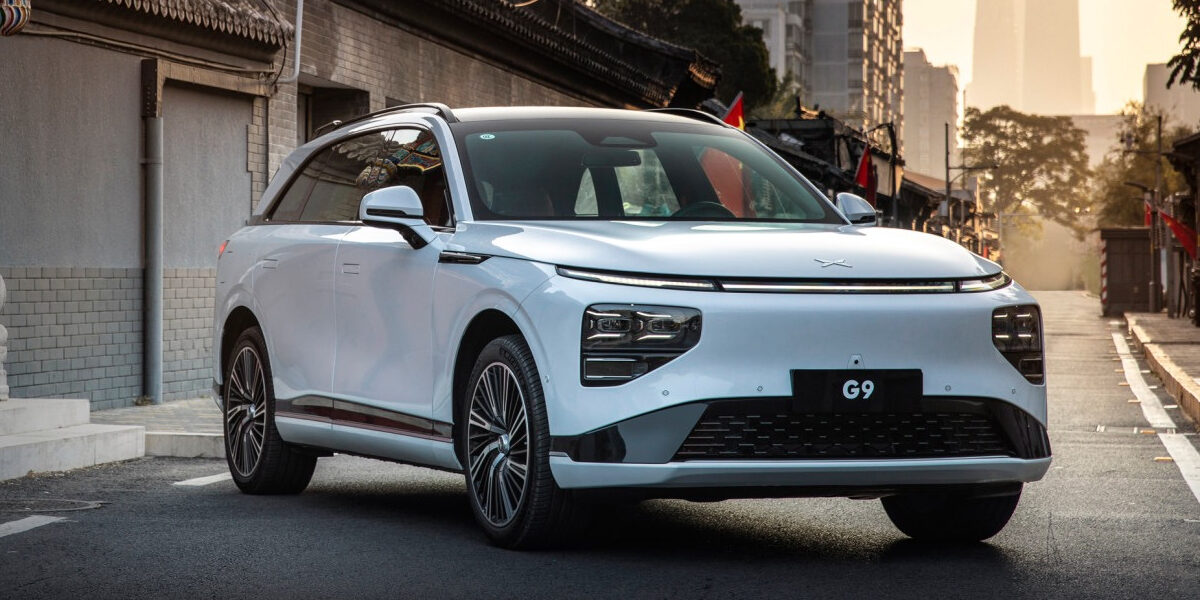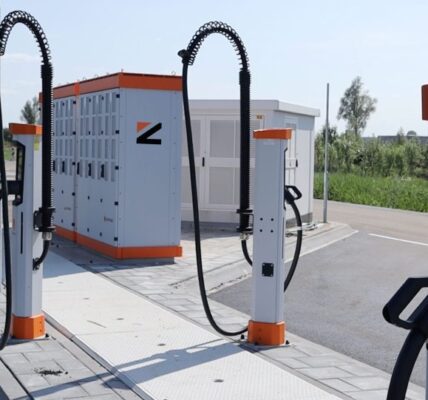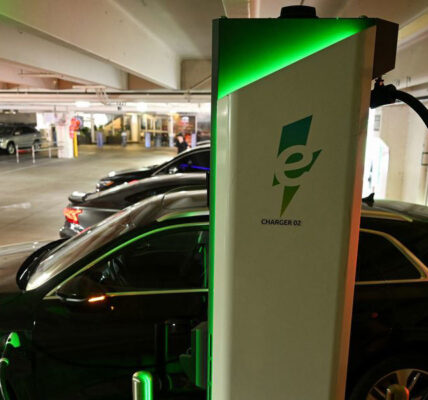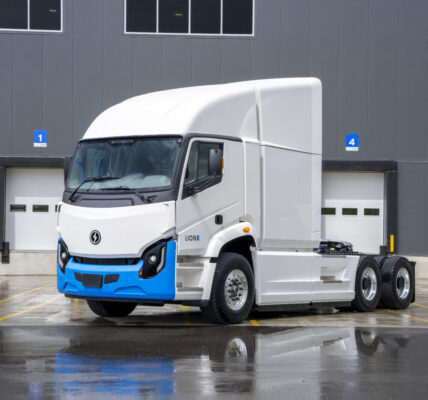On a recent driving holiday to Norway, I couldn’t help but notice the great number of electric vehicles on the road. Even more surprising was that I did not immediately recognize the maker of some of these vehicles.
Because EVs are easily recognized by their lack of a large air vent in the front and no exhaust pipe at the rear, they tend to stand out. However, it wasn’t until I inspected more closely that I realized where many of these vehicles were made.
My interest in EVs was triggered by my recent purchase of one in Canada, so my “EV radar” has made me quite aware of the various brands available. In Canada and the United States, the EV market is dominated by Tesla. So far, EVs from other makers tend to be few and far between. And new purchases of EVs in Canada, although growing, remain low, at about 10 percent. In the US, it is even lower at about 8 percent.
This disappointing fact made me wonder why EVs are not catching on in North America, given concerns about climate change.
One issue that is often mentioned is range. Most EVs can travel only about half as far as cars with internal combustion engines before needing to be recharged. Furthermore, the network of public charging stations is far from adequate, although Tesla has a good number of chargers.
However, the biggest impediment by far is the price. It is estimated that the average EV costs $9,000 more than the average gasoline-powered car when all things, such as the need to purchase one’s own charger, are considered.
However, underlying this higher cost of EVs is the question of availability.In North America, apart from a very few, such as the Chevy Bolt, most EVs are in the luxury category.In other words, the vast majority are expensive and outside the affordability of large sectors of the population. And this issue of availability brings me back to all those EVs I saw on my trip to Norway.
One that I often saw had MG as its logo. As it turns out, the Chinese-made MG4, manufactured by SAIC Motor, is among the five best-selling EVs in Europe, where the uptake of new EVs is almost double the rate of the US. But you cannot find even one MG4 on the road in the US.The main reason, of course, is the 27.5 percent tariff on Chinese-made cars imposed by former US President Donald Trump in 2018 and maintained to this day by President Joe Biden. In Europe, the tariff is only 9 percent on Chinese cars. Curiously, the tariff on European cars arriving in the US is 10 percent, and the tariff on cars imported from Japan is only 2.5 percent.
Naturally, there are other hurdles discouraging the sales of Chinese EVs in the US, such as meeting the tough national safety regulations and establishing a sales network. But countering such a high tariff essentially makes entering the US market a nonstarter for Chinese EV makers. The Inflation Reduction Act of 2022 requires at least 50 percent of EV battery components to be made in North America, which further complicates the issue. Currently, China produces more than half of the world’s EV batteries.
Preventing Chinese-made EVs from entering the US market is a pity, because they offer a solution to the recent slowdown in EV sales in the US, which is largely attributed to the high price of EVs currently on the market. BYD’s new Seagull EV, for example, sells for only 73,000 yuan ($10,280).
That compares with an average price of $52,000 for an EV in the US, yet it has a range that’s competitive with some international luxury models.If such a cheap EV, and others like it that are abundantly manufactured in China, were to become available in the US market, sales might soar, and the White House’s goal of having 50 percent of all new vehicle sales electric by 2030 would be easily achieved. Alas, the current political environment is unlikely to allow such a turn of events, despite its potential contribution to reducing the worst effects of climate change.








